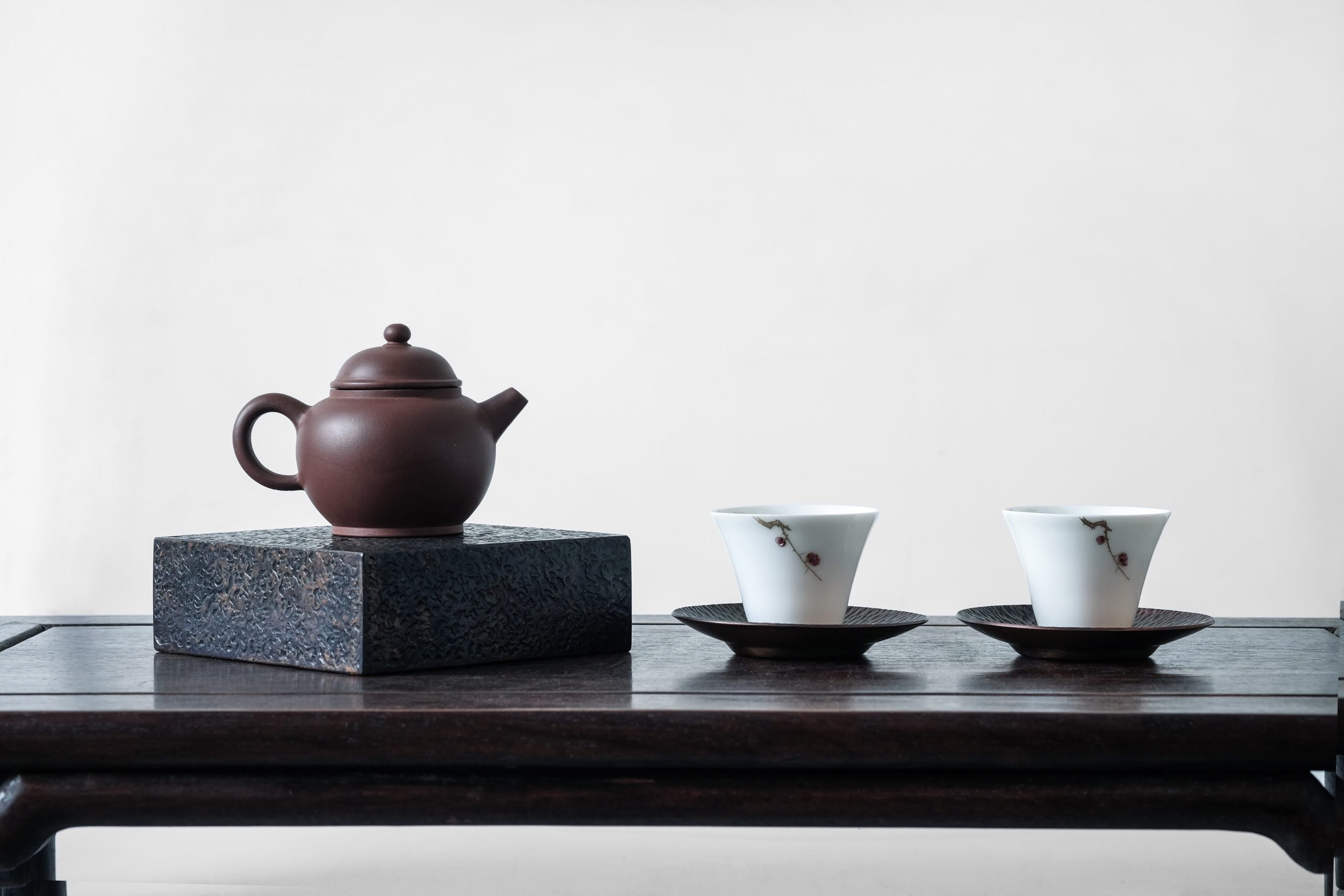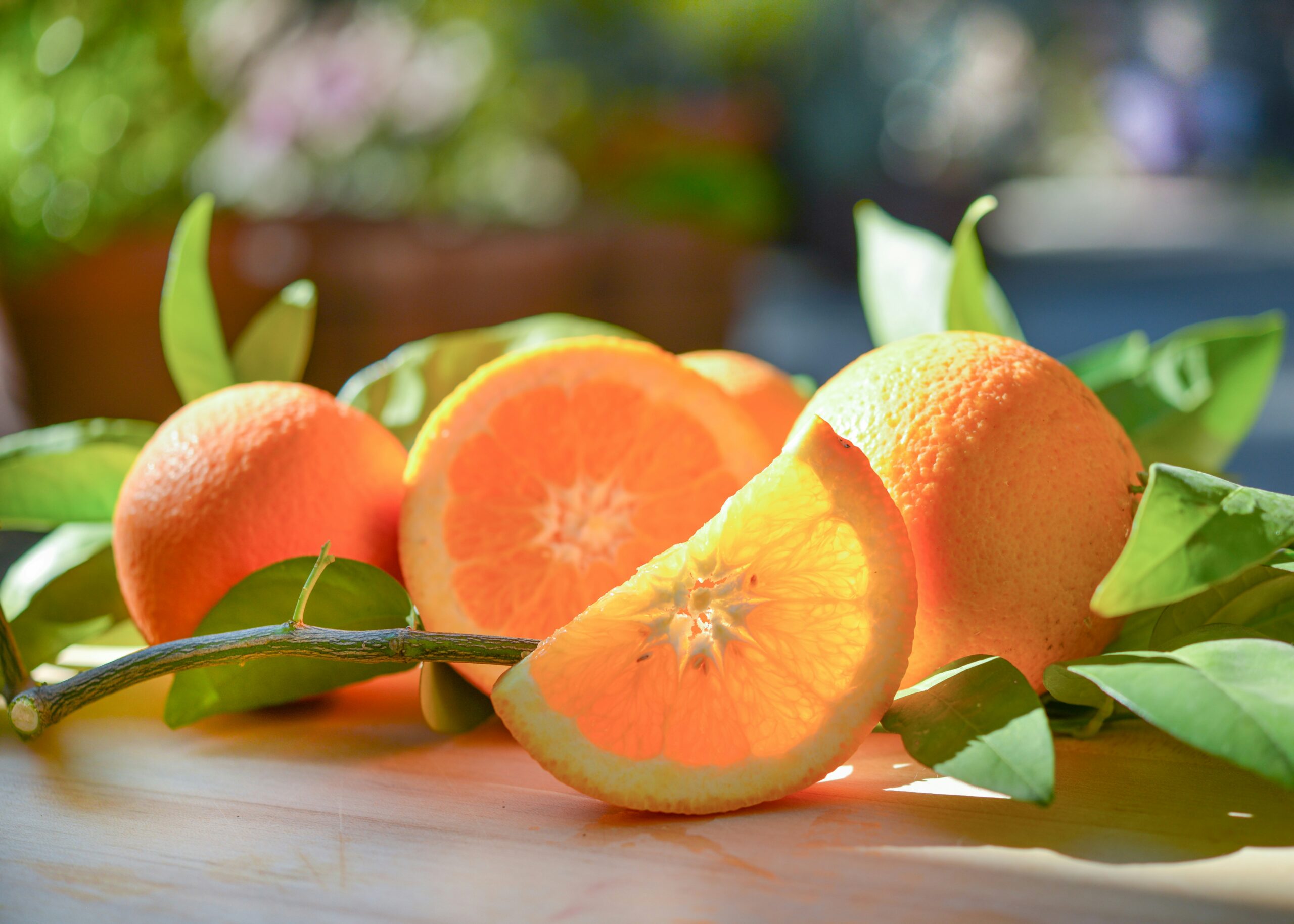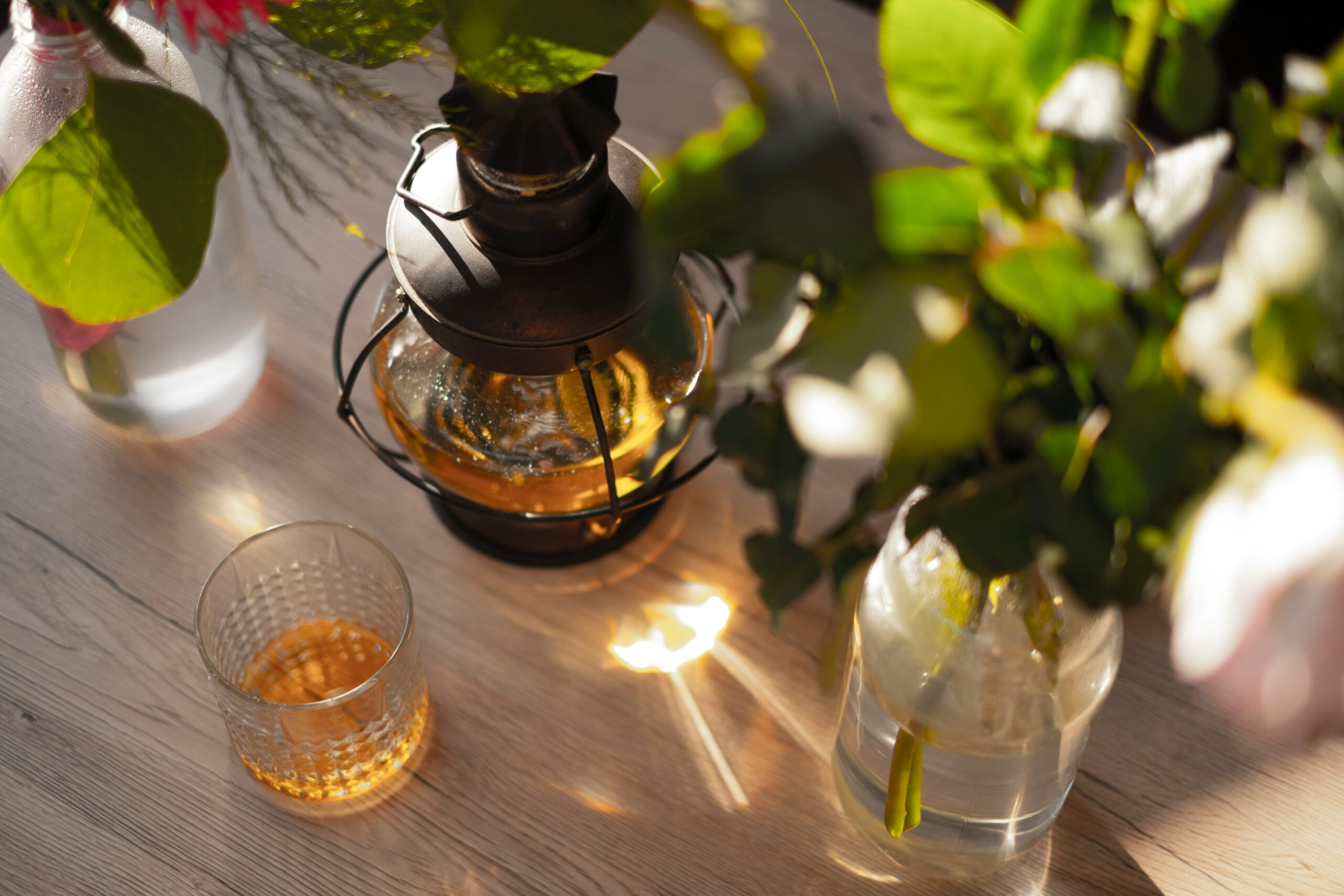Blogs » Μη κατηγοριοποιημένο » Surprising Smokiness: The Characteristics and Delicious Brewing Method of Roasted Bancha
Surprising Smokiness: The Characteristics and Delicious Brewing Method of Roasted Bancha
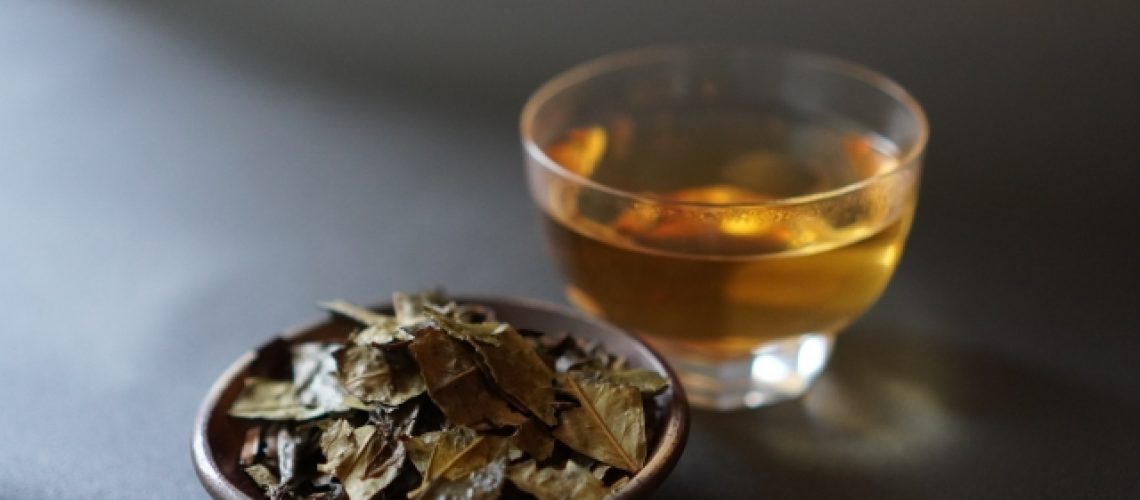
Are you familiar with roasted bancha (Kyo bancha)? You might have come across it through Suntory’s Iyemon Kyoto Blend or as the tea served at tonkatsu restaurants like Katsukura.
In this article, we’ll explain the characteristics of roasted bancha and how to brew it deliciously.”
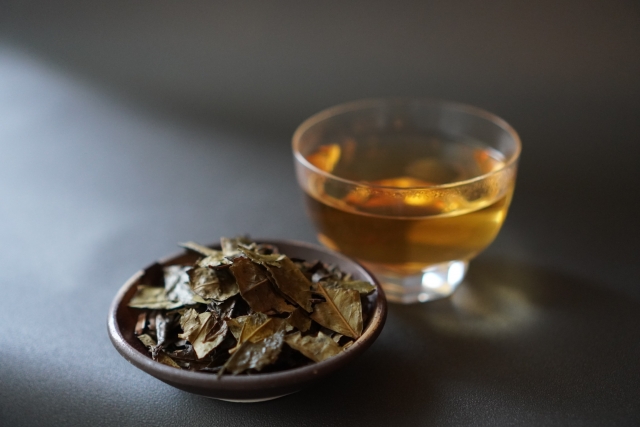
Bancha can refer to a general, affordable tea (regardless of processing type, such as green tea or roasted tea) or specifically to roasted tea, and in the case of roasted bancha, it refers to roasted tea.
Roasted bancha is made by cutting not only the tea leaves but also the stems and branches, steaming them, and then drying them in the sun without kneading. It is then roasted over high heat. Because it is not kneaded, the tea leaves retain their original shape and resemble fallen or withered leaves.
Often considered a precursor to black tea, Lapsang Souchong is known for its smoky flavor, often described as having a pinewood smoke aroma (some even compare it to the smell of Seirogan). Roasted bancha has a smoky quality comparable to or even greater than Lapsang Souchong.
It is generally very affordable (around 300 yen for 100 grams) and is often packaged in large quantities, which is partly due to the large size of the tea leaves, making even 100 grams quite substantial.
Due to its strong aroma, it is important to store it carefully to prevent its scent from affecting other teas.
Characteristics of Tea Leaves and Brewed Tea
The leaves retain their original shape and look like fallen or withered leaves. The brewed tea has a brownish color.
Taste Characteristics
It is refreshing and light, making it suitable for drinking during meals or for hydration. It also has low caffeine content, making it safe for children and pregnant women.
Aroma Characteristics
The aroma is very smoky because the smoke from roasting the tea leaves is absorbed by them.
Brewing Instructions
- Tea utensil: Kettle
- Tea leaves: About 20 grams
- Water: 2 liters
- Brewing temperature: Boiling water
- Brewing time: 2-3 minutes
Roasted bancha has a distinct smoky aroma, which tends to polarize opinions—people either love it or dislike it. However, those who enjoy it often become repeat customers. If you haven’t tried it yet, why not give it a try? (Starting with a small amount is recommended!)
teploのメールマガジンに登録
お茶に関する旬な情報や豆知識を漏れなく受け取りたい!そんな方は以下の登録フォームでメールアドレスをご登録ください。
teploから最新の情報をメールマガジンでお送りいたします。
(※1) プライバシーポリシーを必ずお読みいただき、ご同意の上、登録してください。
(※2) info@load-road.comおよびhello.japan@load-road.comからのメールが受信できるようにご設定ください。
